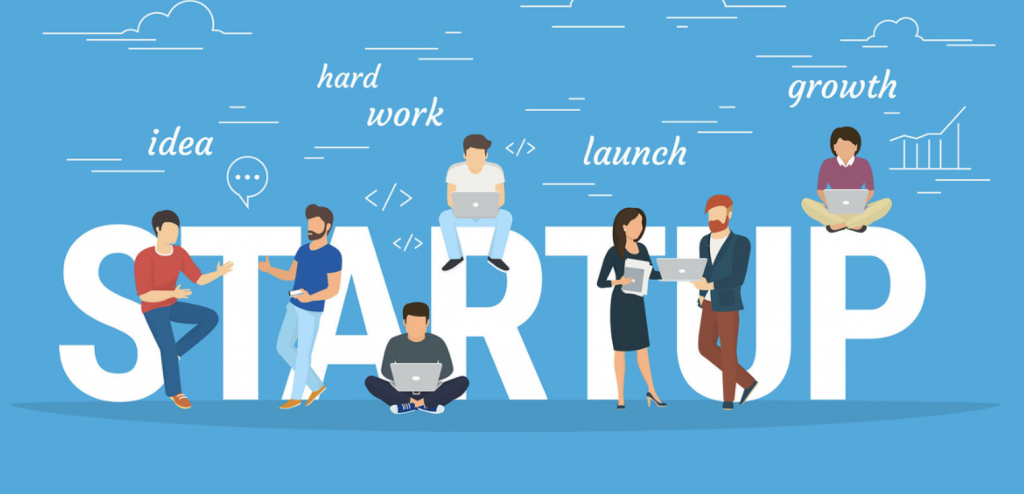 Back To Blog
Back To Blog
How to launch a start-up from scratch 101: An introduction
BY MobileFolk
14.04.2022 | 4 mins
Since we work extensively with startups (and being a startup ourselves!), we often get asked whether we have any tips to successfully build and maintain a startup. Let us get this straight: About 90% of Start-up fail, or let’s be optimistic and put it another way round, only 10% of start-ups are successful, and ticking all the boxes of fundamentals is critical towards success. To help you understand all the “requirements” for an outstanding startup, we’ve decided to bring this guide to you.
Since we work extensively with startups (and being a startup ourselves!), we often get asked whether we have any tips to successfully build and maintain a startup. Let us get this straight: About 90% of Start-up fail, or let’s be optimistic and put it another way round, only 10% of start-ups are successful, and ticking all the boxes of fundamentals is critical towards success. To help you understand all the “requirements” for an outstanding startup, we’ve decided to bring this guide to you.

ideation
Ideation involves clearly defining the problem, solution, market & business model. You have to ask yourself (and your team) these questions. The more you know, the better:
- WHAT is the problem we are trying to solve?
- WHY does this matter?
- WHO (specifically) are we solving the problem for? Indirect value receivers.
- Define the market need and study how big it is?
- What’s novel and unique about your proposed solutions (pain relievers and gain creators)
- How’s your competition doing it & how will you defend your position from current/future competition?
- What will be your revenue model?
discovery
Customer Discovery transforms a founder’s vision into hypotheses about each component of the business model and generates a series of experiments to test each hypothesis – two phases: primary market research and MVP testing.
“Customer Discovery is all about questioning your core business assumptions.“
– Brant Cooper, author of The Lean Entrepreneur
There are various methods to conduct primary market research stakeholder interviews like surveys, polls, one-on-one calls, and focus groups. Though the most valuable is one-on-one interviews, which give you qualitative data, other methods are more inclined towards quantitative data.
The second phase is MVP testing and plays a key in finding a GTM strategy.
The most typical method for an MVP to fail is to include features that are the simplest to implement rather than the essential traits that are most likely to kill. Building an effectual MVP can be a dealbreaker; and MobileFolk can help you document the core feature/technology and develop the MVP working through your discovery/implementation phase to identify & document requirements from a decade-long experience of our team.
validation
Significant risks involved with start-ups are Market, Product & Execution.
#1 Reason for start-ups not seeing the door is that there is no significant market need; 42% of start-ups fail due to this reason.
So by this stage, you would have identified an initial customer segment you want to target as early adaptors from the data you collected in the discovery phase. It will play a key role in finding a product-market fit while you validate through extensive testing of MVP with the early market.
The start-up community often uses the phrase “It’s time to go out of the building,” The earlier you do so, the more time you will save. Talking with customers is equally important before launching. And if you do that correctly, you will not hold a significant sales/marketing budget. Customers will approach organically for your product as that solves their Pain. The validation phase involves getting the foot on the ground, pivoting, and making small changes before entering the acquisition stage.
acquisition
An apt opening is “There is no better product validation than a paying customer.”
So Acquisition is all about pitching your solution for “XXX” amount. It does not necessarily have to be dollars. It could also be data. As we all know, data is the new currency of the tech world. Start-ups provide their solution for free in the awareness and traction stages to penetrate the ecosystem as integrations/adaptability is a game-changer in the long term GTM.
What steps involve in Acquisition?
- Foundation of Sales
- The solution has to always focus to:
- Increase Revenue
- Reduce Cost
- Mitigate Risk
- Utility Maximization
Also, we have to evaluate the Pain of the customer through every conversation to understand and best serve them.
The result of solution/pain/market will be Go-To-Market, where-in you will select, change and keep iterating until you find a perfect fit.
Always Keep in Mind!
- No one knows the answers! You must seek them out for yourself. Do not measure yourself against others. Everyone will go at their pace.
- Quickly pick up new skills, improvise, and pivot!
- Never shy away from opportunities for fear of failure.
- It’s crucial to keep repeating!
In the following articles, we will discuss each stage in-depth and what fundamental documents, decks, and sheets you need, and how to develop an MVP.



